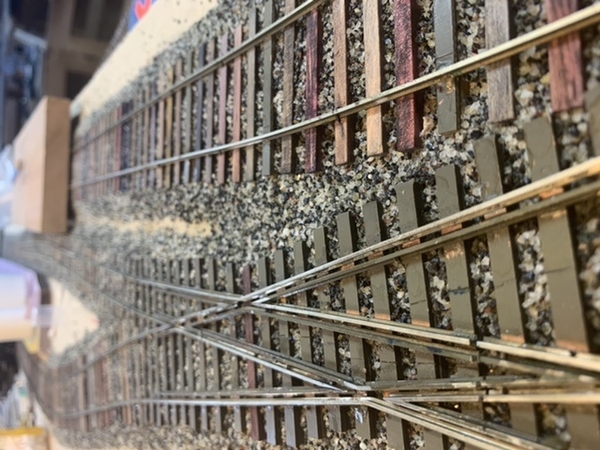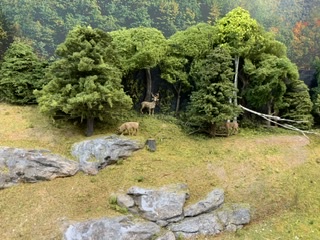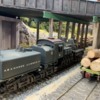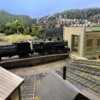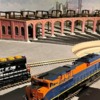With respect to SF Bay Area, the locals do not really have that much disposable cash for the high cost of O scale. The Bay Area is an incredibly expensive place to live. I’m surprised that there is any active group left.
The other issue maybe lack of skills to work on the electronics, model building, machining and carpentry. I challenge you to find a high school, particularly the Bay Area, that offers a shop class. It really is a sad testament that high schools do not offer such classes any more. Not sure it bodes well for the future for the US. Lack of building skills is perhaps why a Chinese firm was brought in to replace part of the Bay bridge.







